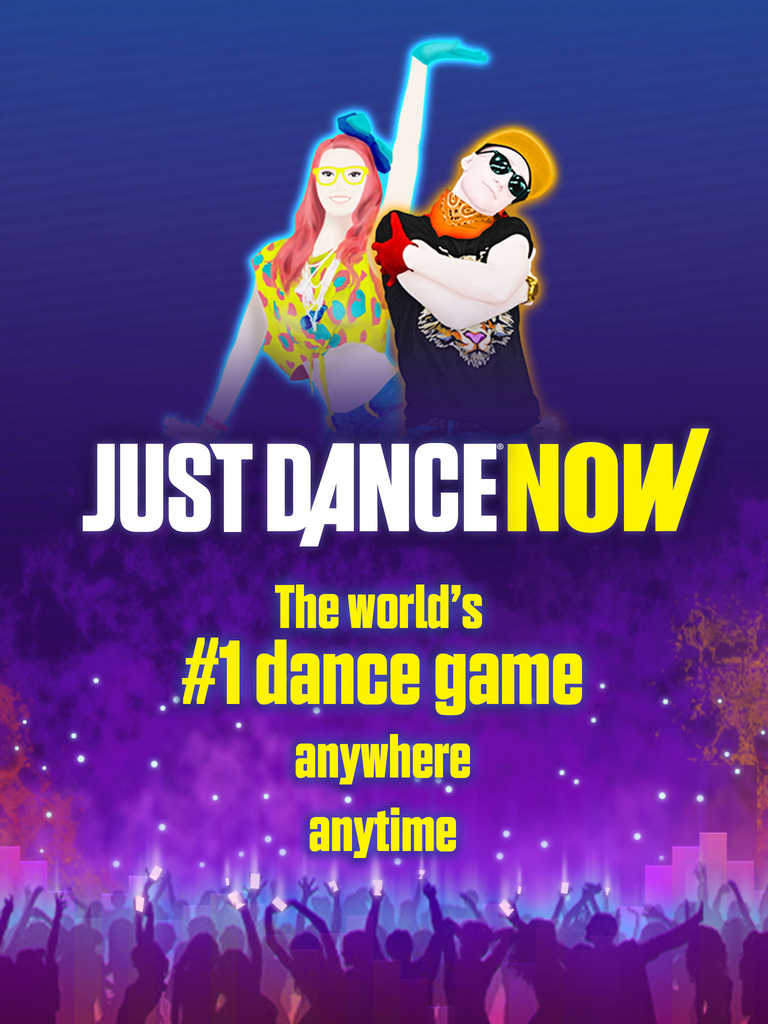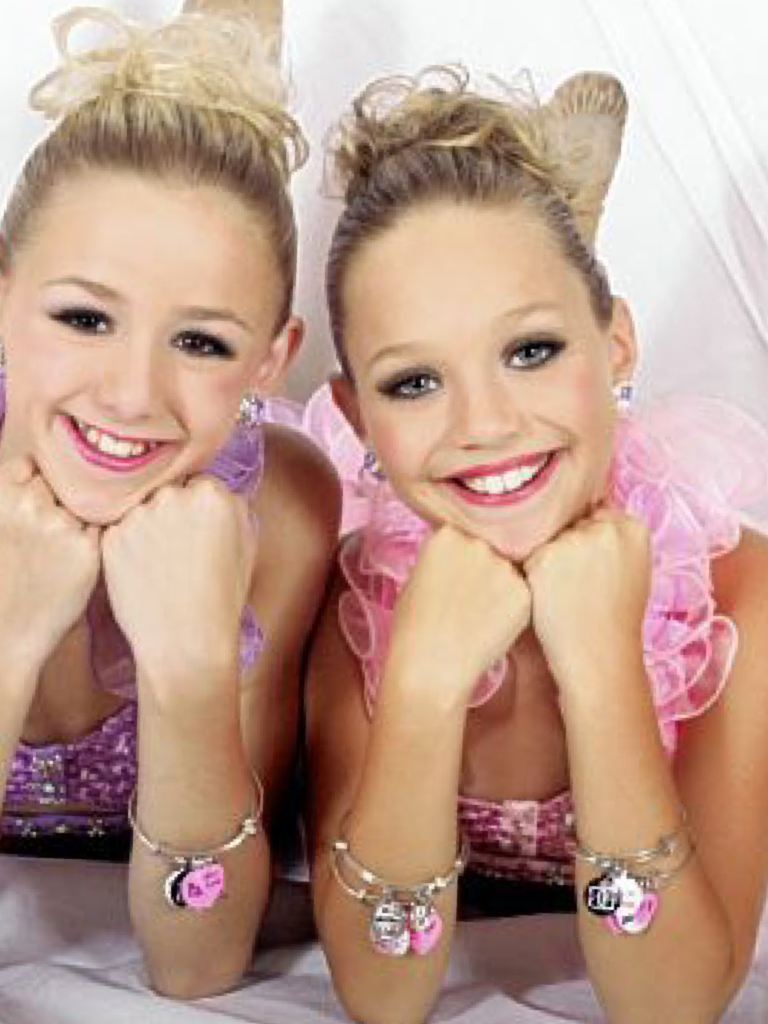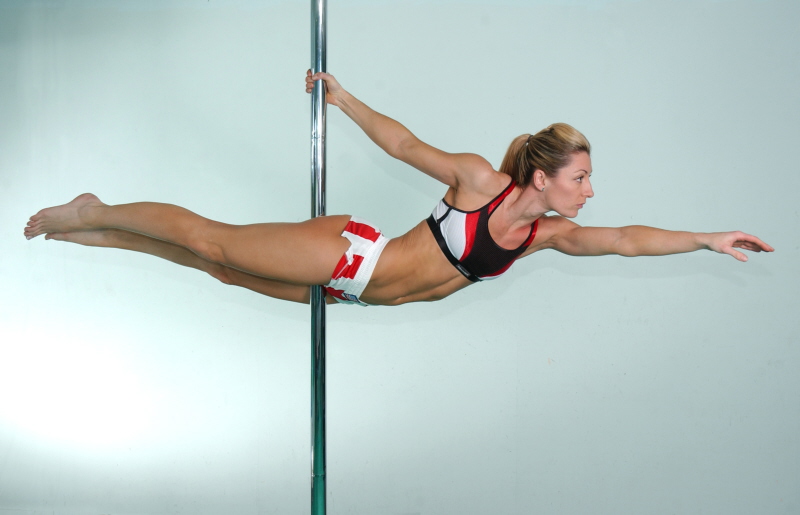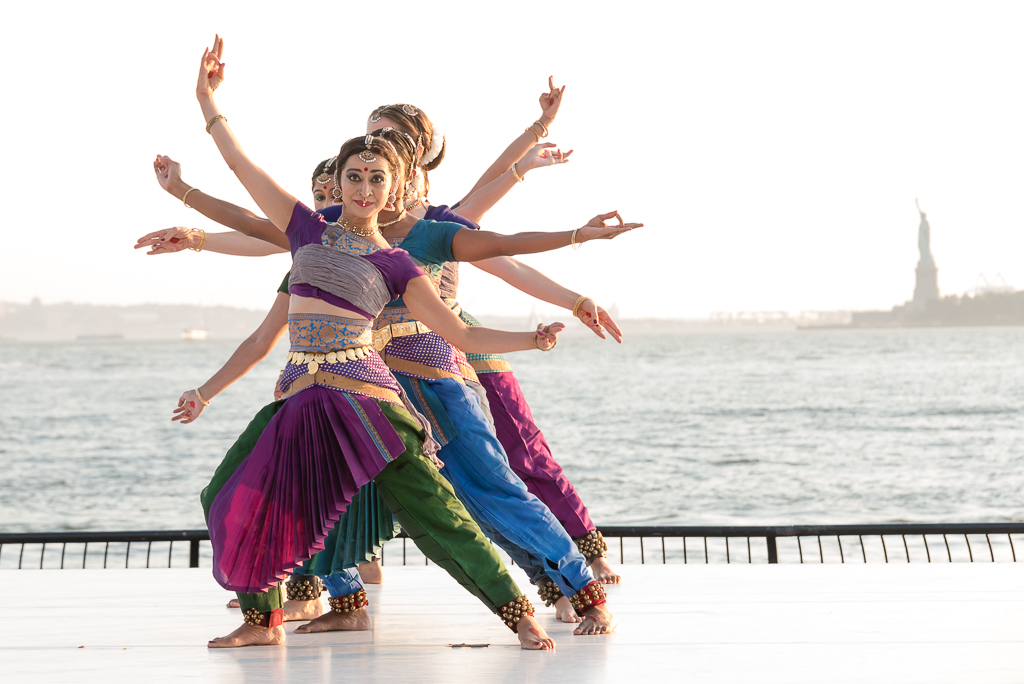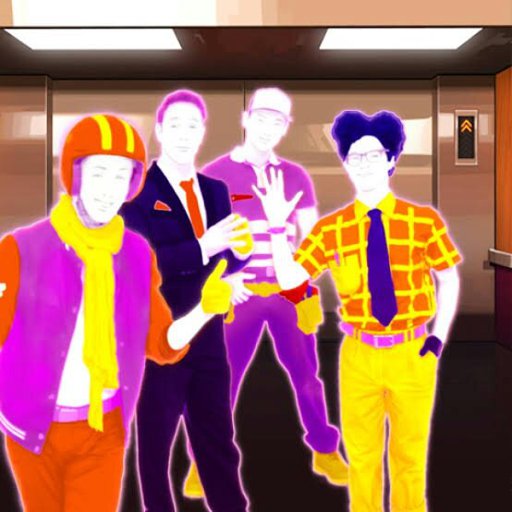Hoedown throwdown how to dance
CopperKnob - Hoedown Throwdown - Jamal Sims (USA)
Start dancing on lyrics
POP IT, LOCK IT, POLKA DOT IT, COUNTRIFY THEN HIP HOP IT (PUT YOUR)
1Extend left arm forward, open palm down, fingers together
2Swivel both heels right to face 10:30 and sit slightly, bringing elbows up and out to sides
3Step left to side (right palm forward with one finger pointing upward and leaning right)
&Step right together (finger now leaning left)
4Step left to side (finger now leaning right)
&Hook thumbs on belt
5&6&Touch right heel forward, step right together, touch left heel forward, step left together
7Turn 1/8 left (face 10:30) and kick right forward (punch both hands forward, crossed at wrists)
&Step right together (bring elbows back)
8Hold (punch fists together at waist level)
&Lift both arms out to sides
HAWK IN THE SKY, MOVE SIDE TO SIDE, JUMP TO THE LEFT, STICK IT, GLIDE
1Step right to side (arms crossed in front, elbows high, each hand on top of the other elbow)
&Kick left forward (raise hands to form an X in front of you, arms crossed at the forearm)
2Step left together (return arms to crossed position)
&Twist upper body to left (10:30)
3With arms still crossed and up, bounce arms down slightly
&Lift arms back up and twist upper body to right (1:30)
4With arms still crossed and up, bounce arms down slightly
&Lift arms back up (still facing 1:30)
5Scuff left forward (toward 1:30)
&Step left forward
6Turn 3/8 left (9:00) and step right forward
7Punch right hand to side (punch toward 12:00)
8Big step left to side and slide right toward left
ZIG ZAG, ACROSS THE FLOOR, SHUFFLE IN DIAGONAL (WHEN THE)
1Hold
&Cross/touch right over left
2Touch right diagonally forward
&Flick right behind left (touch right foot with left hand)
3&4Turn 1/8 right and step right to side (10:30), step left together, step right to side
&Touch left together (elbows out to side, hands down)
5Step left to side (elbows out to side, hands up)
&Step right together (elbows out to side, hands down)
6Step left to side (elbows out to side, hands up)
&Turn ¼ right (1:30) (elbows out to side, hands down)
7Step right to side (elbows out to side, hands up)
&Step left together (elbows out to side, hands down)
8Step right to side (elbows out to side, hands up)
&Turn 1/8 left (12:00) (hands relax at sides)
DRUM HITS, HANDS ON YOUR HIPS, ONE FOOTED 180 TWIST (AND THEN A)
1Kick left forward and punch right hand forward
&Step left forward
2Kick right forward and punch left hand forward
&Step right forward
3Punch both hands out to the sides
4Place hands on hips
5Turn upper body as far to the right as possible (open your hips, too)
&Step right toward back wall (6:00)
6Step left together (now facing back wall)
7&8Hop three times in place on left foot, turning ½ turn left (elbows out to side, hands up) (12:00)
&Hands down at sides
ZIG ZAG, STEP SIDE, LEAN IT LEFT, CLAP THREE TIMES
1Hold
&Cross/touch right over left
2Touch right diagonally forward
&Flick right behind left (touch right foot with left hand)
3Step right to side
4Big step left to side (weight even)
5&6Punch left hand forward, punch right hand forward, punch left hand forward (during counts 5&6, gradually move weight entirely to left foot, with body turned slightly right, toward 1:30)
7Shift weight forward to right foot (1:30)
&8&Clap hands low, medium, high
SHAKE IT OUT HEAD TO TOE, THROW IT ALL TOGETHER, THAT'S HOW WE ROLL
1-4Walk in a small circle turning ¾ to the left, stepping left, right, left, right while shimmying shoulders (3:00)
5Turn ¼ left and step left forward and punch right low forward (12:00)
6-7-8Cross/touch right behind left, step right back, step left together (put elbows out to side, hands up)
PHRASING: The song is phrased as follows:
- 64 counts of freestyle
- 48-count dance
- 36 counts of freestyle
- 48-count dance
- 32 counts of freestyle
- 48-count dance
- 48 counts of freestyle (or do the whole dance here again)
Respond with "Throwdown" after she sings "Hoedown". Stomp and clap when she says Boom Boom Clap.
How to Do the Hoedown Throwdown Dance
How to Do the Hoedown Throwdown DanceMiley Cyrus, the star from famous television show Hanna Montana, is known for her acting and singing skills. She is also very good and innovative when it comes to dancing and her music videos often introduce some new moves for dance lovers.
She recently came up with her hoedown throw down moves and fans are going crazy about it. Doing this dance is not so hard if you break it down in steps and follow them accordingly. It can be done with relative ease but like all things, needs a lot of practice and patience for success.
Instructions
-
1
Pop It
Extend your left arm as far wide as possible while the rest of your body remains stationary.
-
2
Lock it
Crouch a little to your right and make an arch with your arms to lock it.

-
3
Polka Dot It
Shuffle with your left foot towards the left while you wag the right hand’s index finger to this step. Shuffle only a couple of times.
-
4
Countrify it
To countrify it, you will need to move your right heel in a way that you raise your foot, move back and do the same with the left coming forward and go back into your original position. Move your body along.
-
5
Hip Hop It
Move your body from higher position to a lower position and bend your legs as well.
 Do the same with your arms in a short semi arch. Make three movements.
Do the same with your arms in a short semi arch. Make three movements. -
6
Hawk in the Sky
Spread your arms wide open and bring them close. Make a hawk as if it is flapping its wings. Move your left foot on its heel with the foot in an upward direction.
-
7
Side to Side
Overlap your arms on top of each other and move them from one side to the other, keep your lower body stationary and make this movement with the help of the upper torso.
-
8
Jump to the Left
Scope your left foot and change you stance quickly to the right and scope with your right foot as well.

-
9
Stick It and Glide
Make punches of both hands and as you move down, put your foot down hard and move the knuckles down. Then quickly slide down in an artful manner with your hands spreading out coming from a lower level to a slightly higher one.
-
10
Zig Zag Touch
Do a zig zag with your right foot and then raise your right foot and touch the heel with your left hand behind your back.
-
11
Across the Floor
The next step is to move across the floor.
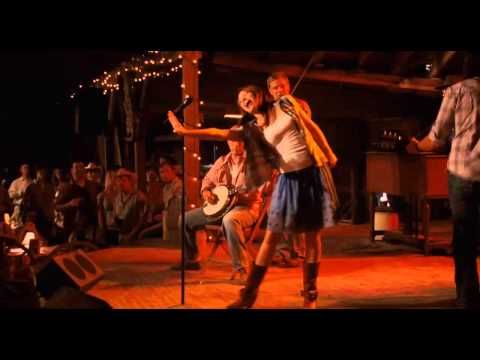 Let your right leg guide you and move towards the right side in a hip dancing style with the right foot sliding just a touch.
Let your right leg guide you and move towards the right side in a hip dancing style with the right foot sliding just a touch. -
12
Shuffle in Diagonal
Making flapping arms movement independently and first move to the back on the left and then make a diagonal movement to the right, shuffling and moving to the back one again.
-
13
Hit the Drums
Kick with the left foot and punch down with your right and do the same alternating hands and arms and put your hands on the hips.
-
14
180 Degree Twist
Do a 180 degree twist from back to front.

Posted by john-anthony in Dance
Dances
Author: Pavel Gather
Psychologist, Lecturer Salsa and Tango
Dances
Author: Pavel Pavel
Psychologist, Lecturer Salsa
on At the start, you always want to get a quick result. When it doesn't happen, the hypothesis arises that everything takes time. After a conditionally acceptable time, humility comes to mastering pair dances, which, perhaps, is not given, and I will just do what I learned somehow.
This is the most common story of those who believe that the mere act of attending a pair dance class is enough to learn how to dance.
Absolutely not. If you want to really dance well, you have to make an effort outside of the dance class. A good teacher will definitely be needed, but the initiative should be on your side.
If you want to really dance well, you have to make an effort outside of the dance class. A good teacher will definitely be needed, but the initiative should be on your side.
1. Listen to music
The most common and accessible advice that is given already in the first lessons. And it definitely works. Music creates a certain atmosphere of the dance and intuitively you want to move to it. It doesn't matter where you listen to music - in the car, on headphones while walking or doing household chores.
An addition that will help you dance better is your active participation in the music. Sing along, dance or simply beat musical accents with any free parts of the body. In the subway, for example, it is enough to tap out bright moments with your fingers, in the car to sing along with sounds, and at home you can jump for pleasure.
2. Watch videos of good dancers
It's complicated, but also obvious. It’s more difficult, because without recommendations from more experienced dancers, unfortunately, it’s not so easy to find a good quality video on the net (I mean not the resolution quality, but the content itself).
It’s more difficult, because without recommendations from more experienced dancers, unfortunately, it’s not so easy to find a good quality video on the net (I mean not the resolution quality, but the content itself).
Meaningful video viewing is about building an understanding of HOW dancers make a particular impression on a partner or viewer. Technology is at the heart of everything. Understanding how the pros do it is a big step forward.
It is important to distinguish a show from a disco dance, a staged performance from an improvisation, a stylized dance from an authentic one, etc. Ask for recommendations and dance teachers will always throw off a couple of videos of worthy landmarks.
Tango Z. Showreel.
Online modern tango courses
Tango nuevo is the most advanced version of tango. We can quickly learn to dance from zero to a steep level.
| View details |
3. Dance in salsatecas/milongas/discotheques
A very delicate moment when it is worth coming to the first party. From a technical point of view, most students in 1-3 months have a sufficient set of figures and techniques to come and dance calmly. Psychologically, the same moment can be stretched out for an indefinite time. After all, it is imperative to “not lose face”, “learn more figures” and be sure what to do in case “there is an unfamiliar movement”.
From a technical point of view, most students in 1-3 months have a sufficient set of figures and techniques to come and dance calmly. Psychologically, the same moment can be stretched out for an indefinite time. After all, it is imperative to “not lose face”, “learn more figures” and be sure what to do in case “there is an unfamiliar movement”.
In fact, the partygoers don't really care (except for a small layer of non-professional teachers who want to help inexperienced dancers by treating them as customers in the future). It is important to come and try dancing after a month of classes. You can only with friends or guys from your group. This will be enough to feel the adrenaline and inspiration from the dance.
4. Dance with partners or partners not of your level
The conventional wisdom that you need to practice in groups of your level does not withstand the test of experience. Perhaps now your eyes widened in surprise, and you want to meaningfully read the phrase again. Yes, you saw everything correctly: when you dance with a partner of your level, you don’t grow anywhere.
Yes, you saw everything correctly: when you dance with a partner of your level, you don’t grow anywhere.
It's important to understand that not only does it work one way and you have to dance with cooler dancers, but it works even more effectively the other way. It is no coincidence that teaching pair dances dramatically raises the level of the teacher himself. You have an endless stream of very beginner dancers.
How it works. A more experienced partner needs to be "stretched". It's easy and obvious. With beginners, you need to take more initiative on yourself, see the general pattern of the dance more widely, turn on and insure more, try to be an example and be more careful. The quality of interaction begins to grow significantly. And wonderful partners too.
Dancing with partners of your level doesn't make you grow. Dance with both beginners and more advanced dancers
Dominican Bachata Women's Style Online Course
Want to learn how to hypnotize those around you with the most appetizing part of your body? On the course we will tell you all the secrets.
| Interesting |
5. Learn to dance for a partner and for a partner
Turks and Argentines are one of the best partners in the world. In Russia, partners are highly valued. Why? The answer is simple. In Argentina and Turkey, it is not questionable for men to ask another man to lead in one piece or another and give feedback on the quality of the lead. For them, it will be a great shame to hear moralizing from a partner, or even more so to be known in the community as an insecure partner.
In Russia, due to the constant, often far-fetched, opinion that there are more women in pair dances, partners calmly get up and study their partner's part. Such partners then grow into very cool dancers and teachers. In no case do this at parties, only in class. Here we are talking only about the learning strategy. At parties, be yourself.
6. Do not memorize the links
Always try to look deeper and understand the through principle and idea of movement. Understanding what and how is done will make it possible to independently generate any sequences and chips.
Understanding what and how is done will make it possible to independently generate any sequences and chips.
Human memory is limited and there will always be a moment when something will escape and your repertoire will be limited by the size of RAM.
In Argentine tango, for example, there are seven levels of movement construction that, when mastered, will allow you to make millions of combinations. And how many dance sequences can you really remember? In rueda, more than 150 figures dance in a rare circle. It's hard to keep more in mind.
7. Develop your body
Many years of experience in teaching couple dance shows that as soon as everyone pairs up in a class, any progress in individual style ends. But it is the individual style that distinguishes everyone at the disco: partners change, and style is always with you.
The body as the main instrument of dance must be very plastic, responsive and emotional. Surprisingly, not all pair dance schools have a general physical warm-up. It is vital to tune the body and understand how it works.
It is vital to tune the body and understand how it works.
You can always train extra and concentrate more on the basic steps, as their true value is as body work. The sequence of steps is, in fact, the simplest thing that can be in pair dancing. The quality of individual performance determines the craftsmanship.
8. Try on the images of inspiring dancers
A psychological life hack for those who have already mastered the steps, but still feel that there is not enough brightness and drive. Most are terribly afraid of being someone else's "clone". Here the action is the same as under the influence of hypnosis - the more you resist, the more you plunge into an altered state of consciousness.
With a high degree of probability, you are already dancing like someone else's "clone". A meaningful fitting of someone else's image is that you mentally take the image of the one who inspires you (inspiration is critical in this case) and "put on" yourself. Then you start dancing and trying to feel in general how it is to be able, for example, to be the best partner or the sexiest partner in a disco. This is much more difficult than it seems. But it works extremely efficiently.
Then you start dancing and trying to feel in general how it is to be able, for example, to be the best partner or the sexiest partner in a disco. This is much more difficult than it seems. But it works extremely efficiently.
9. Dance to offbeat music
Habitual rhythms keep you tight. Tango salon or speedy timba leave little room for experimentation and fantasy. Pattern dancing is always noticeable and is reserved for beginners.
The truly new is born outside of the usual. Look for places to experiment. If there is no place, organize self-training. The main thing is not to get carried away, because music determines the style. We bring something new to pair dances, rather than trying to change them.
Search, improvise, don’t be afraid to go beyond, develop in different directions, be inspired by music atypical for the style
10. Try your hand at basic dance directions
dances exist according to their own non-choreographic laws.
This is the deepest delusion, which has turned into a ceiling for the qualitative development of partner dances. After all, all professional dancers, for example, in salsa or bachata, build their ideas on the basic choreographic principles.
Do not think that choreography is only applicable on stage. Any meaningful movement of the body can be choreographic. In general, try classical or modern choreography. Basically, hip-hop can work too.
11. Look for battle sensations
Pair dances return us to an active position of manifestation of our body. As in the days of our ancient ancestors, we impress the members of the opposite sex by how dexterous, hardy, sexy, etc. we are. Modern laws of the jungle in the entourage of big cities.
If you look around the dance floor, it becomes clear that the majority are clearly herbivores (not in the sense of vegetarians, but in relation to those around them). I am sure that predators are always more interesting in terms of the attractiveness of the image - try to find a counterbalance among herbivores, for example, a cat woman or a lion man.
I am sure that predators are always more interesting in terms of the attractiveness of the image - try to find a counterbalance among herbivores, for example, a cat woman or a lion man.
The conversation is about an internal position, not about aggressiveness. Lability and lack of control are inherent in adolescents, and not in adult self-sufficient people.
Accordingly, even a training or friendly battle gives, on the one hand, practical skills - to make a bright sequence of movements, bring an idea to a climax, show a spectacular feature, on the other hand, develops the psychological basis of the dance - self-confidence, resistance to extraneous attention, self-control and self-control in complex elements.
12. Communicate with professionals
The environment shapes the internal position. Basically, real passionaries of the dance community are ready to openly talk, discuss and support the development of dance in every possible way.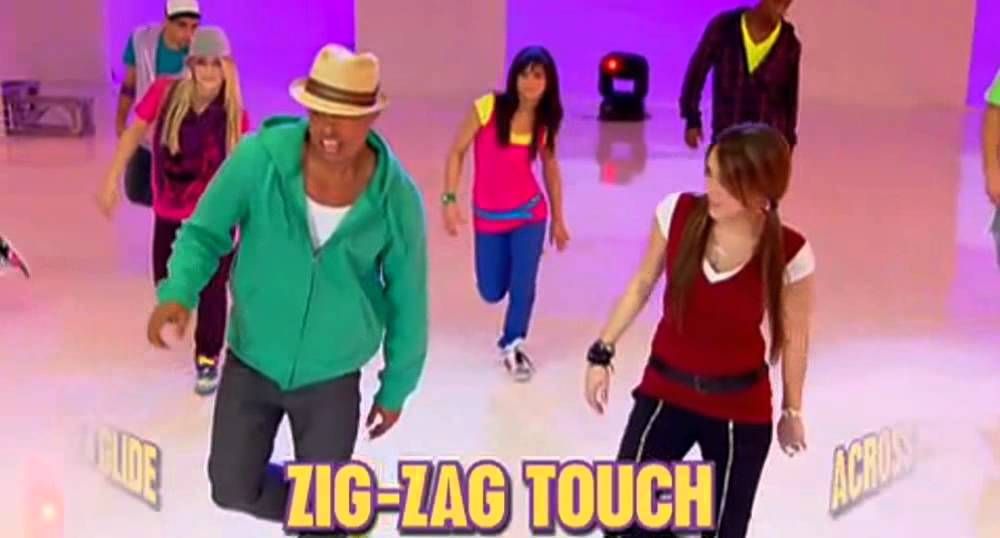 Universal principles and the ideas they articulate have a much longer and more practical perspective than meets the eye.
Universal principles and the ideas they articulate have a much longer and more practical perspective than meets the eye.
Accept that, for example, behind the words "listen to your partner" is not only a beautiful metaphor, but also a practical skill to literally listen to your partner. At the same time, always treat every thought, even the most respected teacher, as a private opinion.
Your skill will lie in finding the scope of the idea even in conflicting opinions. Most often, the contradiction is speculative and the truth lies in the angle of perception or situationality.
Your dancing growth will stop sooner or later. This can happen at the level of three basic steps or years of experience in teaching and show performances. Regardless of your level, the suggested 12 life hacks can get you off the ground and greatly accelerate your dance growth. There is no way here without your motivation and activity. Take your dance development into your own hands. 9Ol000 Dangerous sexuality
Salsa: destroyers of stereotypes
Couple dancing as a source of strength.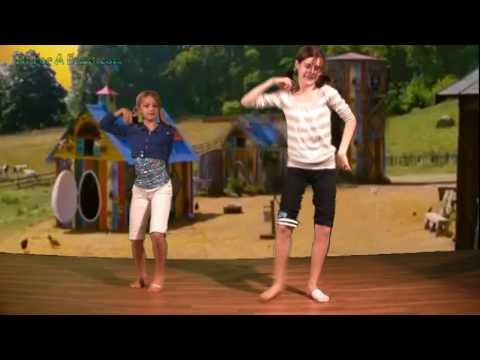
Self-destruction of the couple dance community
The Salsa series as a mirror of the community
Mamita Fridays: salsa, bachata
Destroying the myths about leading pair dances
Does dancing make us better?
The seven deadly sins of teachers
Why we will never dance bachata like the Dominicans
Why tango?
Dispute over musicality
Selection of dances according to alcohol preferences
Where to find inspiration for dancing?
Terrible tango nuevo
Distribution of roles in a salsa party
Argentinean tango through the eyes of a salsa dancer
Is there a predisposition to dancing?
Which is more effective: individual or group lessons?
Sexual overtones in couple dances
How to dance bachata? Learning to dance bachata at home
Rehearsal bases, dance halls, recording studios
in Moscow
How to learn to dance bachata?
The ancestor of modern bachata is the dance of the inhabitants of the Dominican villages, which was their only joy after hard work. But times have changed, now bachata has turned into a passionate pair dance, built on the sensual and harmonious movements of partners. Distinctive features of bachata: the closest contact with a partner and plastic, even somewhat erotic movements. A man in a dance smoothly leads his partner, gently hugging her. The woman responds to his actions, accompanying each of her soft steps with plastic movements of her hips.
But times have changed, now bachata has turned into a passionate pair dance, built on the sensual and harmonious movements of partners. Distinctive features of bachata: the closest contact with a partner and plastic, even somewhat erotic movements. A man in a dance smoothly leads his partner, gently hugging her. The woman responds to his actions, accompanying each of her soft steps with plastic movements of her hips.
The answer to the question of how to dance bachata is quite simple. After a few lessons, everyone can master the basic movements of this dance and feel its rhythm.
Bachata dance technique
Bachata is easily recognizable by the characteristic movement of the hips. The basic step of this dance consists of 3 small steps accompanied by undulating body movements. The main element of bachata is the smooth rotation of the hips for women and the body for men, which is called "kick". This requires good mobility of the muscles of the lower back, back and hips. It is from these muscles that the smoothness, wave-like movements and, accordingly, the beauty of the bachata dance itself depend.
It is from these muscles that the smoothness, wave-like movements and, accordingly, the beauty of the bachata dance itself depend.
The question arises: how to learn to dance the Dominican bachata, if these muscles are completely undeveloped? For many who want to dance, it is precisely the fact that they feel completely unplastic and embarrassed to dance that becomes an obstacle. To begin with, it is useful for everyone to recall simple exercises familiar to us from childhood: the usual tilts of the torso in different directions and circular rotations of the body, slowly stretching the muscles. This will help your body get used to the stress. Those who regularly stretch and consider themselves flexible enough also often face the problem of stiffness during dance. This is because plasticity and flexibility are not the same thing.
Plasticity and flexibility: what's the difference?
The difference between flexibility and plasticity is that plasticity is achieved through the work of muscles and joints, while flexibility is achieved by stretching tendons and ligaments. For the plasticity of movements, it is important to have a good stretch of the ligaments, but flexibility does not guarantee plasticity, so you need to pay attention to the loading and stretching of the muscles.
For the plasticity of movements, it is important to have a good stretch of the ligaments, but flexibility does not guarantee plasticity, so you need to pay attention to the loading and stretching of the muscles.
To learn how to fully perform the basic elements of bachata, you need regular exercises to develop the muscles of the back and lower back, which are best done at first under the supervision of a professional, using the dance hall hourly rental service, and then at home, on your own. Just before class, it is important to warm up the body with appropriate exercises so that it feels the rhythm and easily responds to any of your movements - this is a very important point in how to learn to dance bachata at home.
Basics of Bachata
Bachata captivates with its sensuality and emotionality. It is based on emotions and the ability to express them during the dance. It simultaneously reflects passion and tender love, perseverance and soft humility, the ability to feel a partner and resist him. Therefore, it is so important not only to learn the basic movements and repeat them, but also to tune in with your partner on the same wavelength and talk to him without words, expressing your feelings through body movements. This bewitching wave of togetherness of partners moving passionately to hot music creates a wonderful romantic atmosphere in the dance hall.
Therefore, it is so important not only to learn the basic movements and repeat them, but also to tune in with your partner on the same wavelength and talk to him without words, expressing your feelings through body movements. This bewitching wave of togetherness of partners moving passionately to hot music creates a wonderful romantic atmosphere in the dance hall.
Let's summarize a few simple rules on how to dance bachata beautifully. Remember that bachata is a set of technical movements that must be performed in a relaxed and playful way. To do this, it is important to constantly improve your dance technique. Regular practice is the key to success. During the dance, it is important to completely relax and liberate yourself, helping your partner to do the same. Only then you and your partner will be able to feel each other and synchronize your movements, which will make your dance unified, lively and harmonious. Also an important role is played by the selection of a qualified teacher and a cozy dance hall for training.


